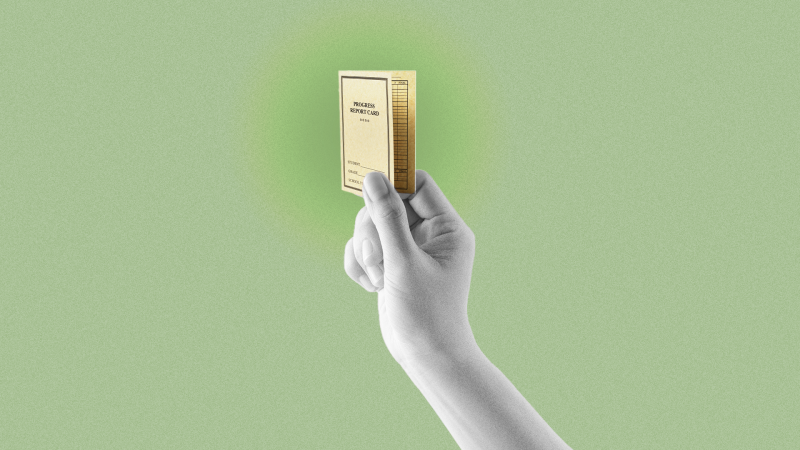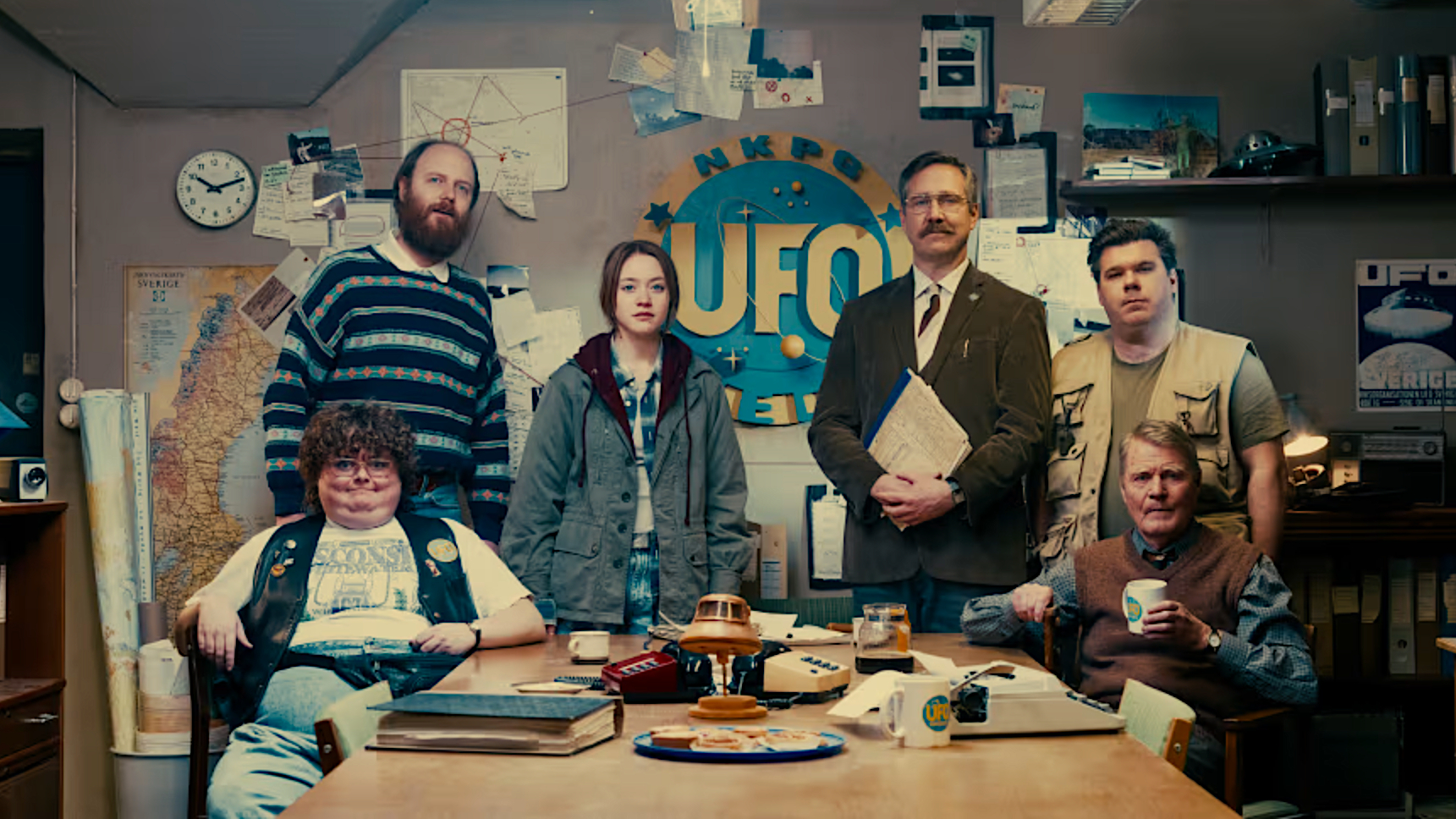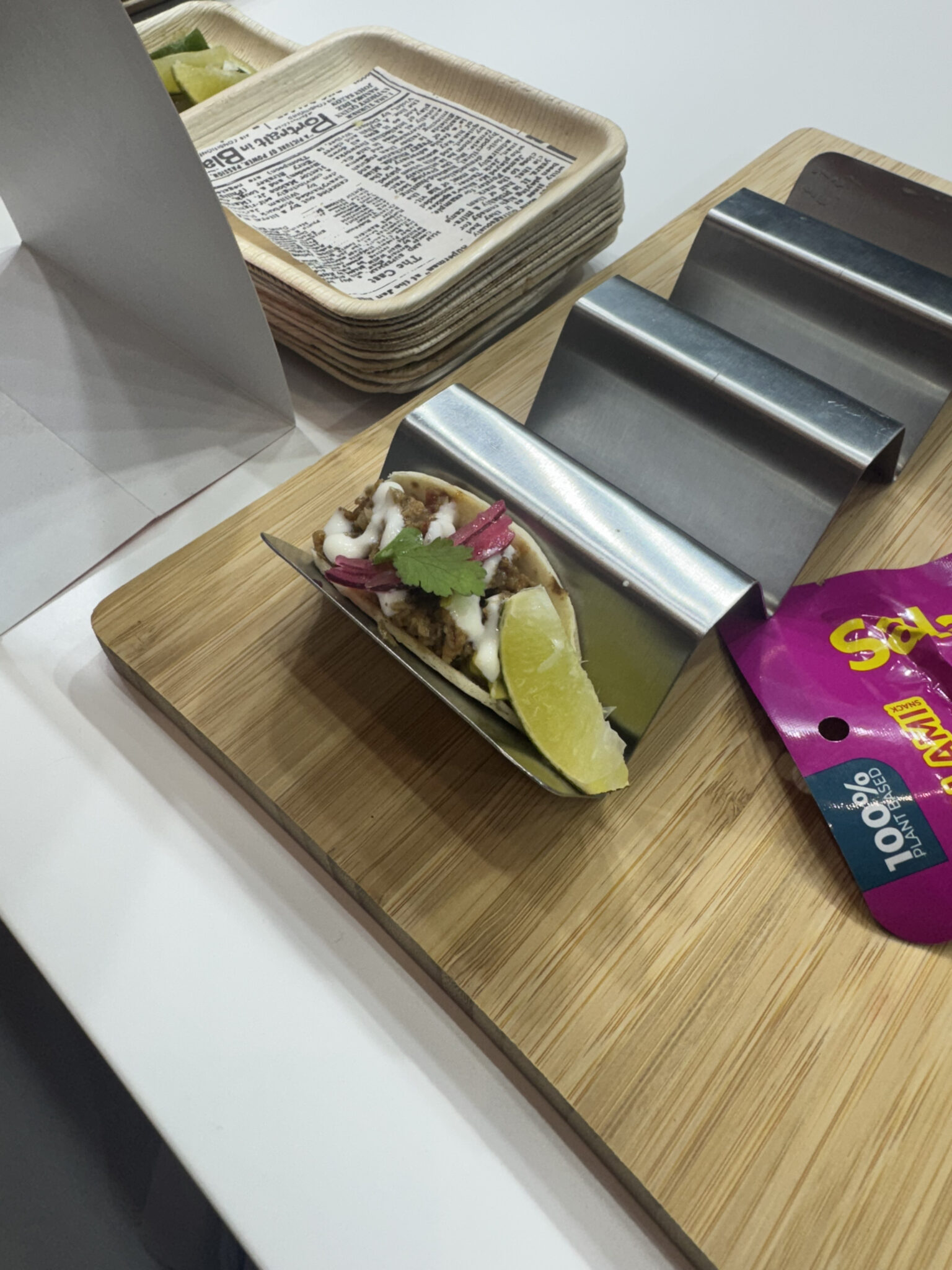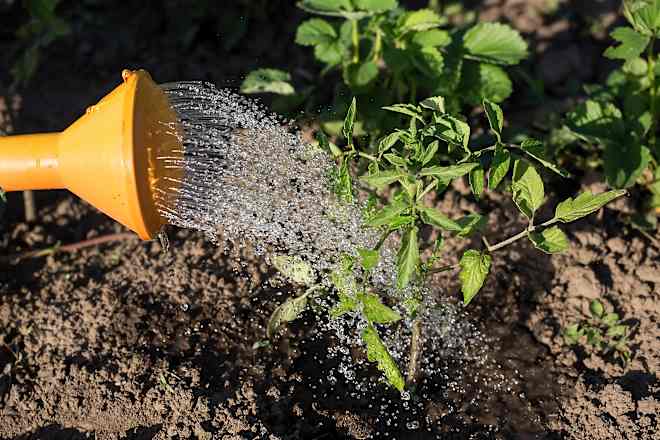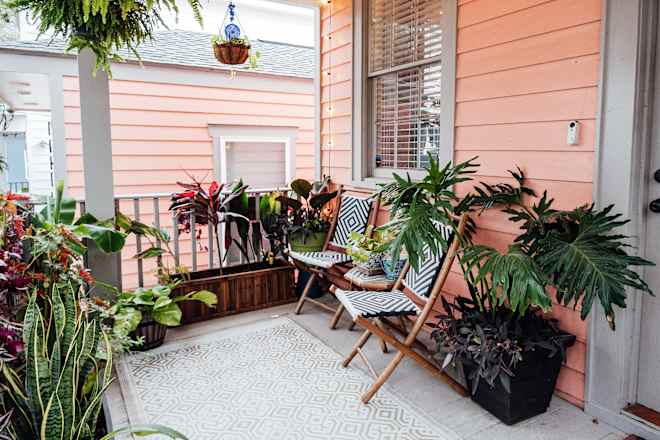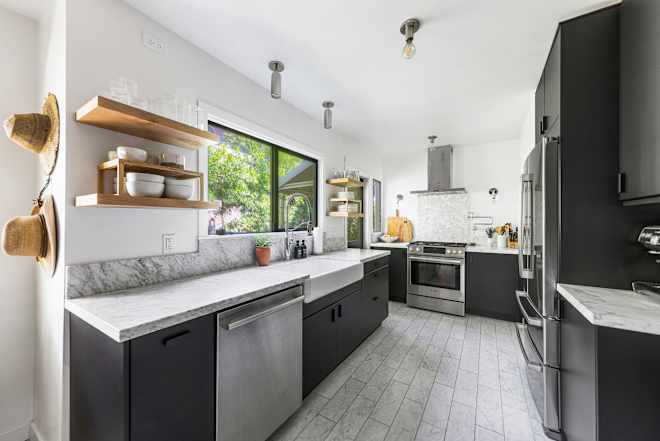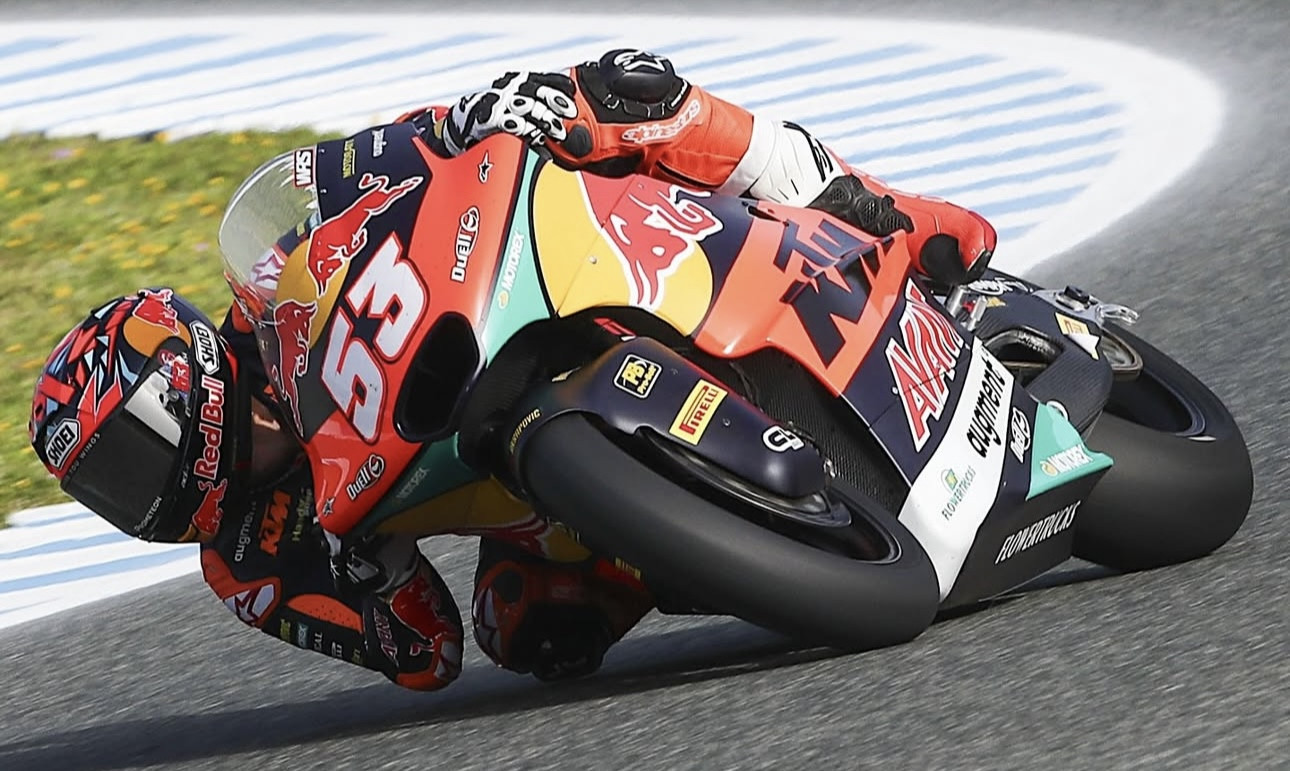Pit delays a common curse at Barber
A large sign reading "Enter At Your Own Risk" was needed at the top of pit lane during the Children’s of Alabama Grand Prix. The sheer (...)

A large sign reading “Enter At Your Own Risk” was needed at the top of pit lane during the Children’s of Alabama Grand Prix.
The sheer number of IndyCar drivers who experienced at least one slow pit stop at Barber Motorsports Park was remarkable, and in most instances, their races were significantly hindered due to problems with tire changes, refueling, or keeping the engine alight.
Among the 27 drivers, Scott Dixon’s No. 9 Chip Ganassi Racing pit crew was the fastest in the series with a best pit-in-to-pit-out time of 28.0144s and an average of 29.0689s for the New Zealander’s three stops. He was closely followed by countryman Scott McLaughlin whose No. 3 Team Penske crew hit an average of 29.0702s with three stops that ranges from 28.3s to 29.5s.
With the top stops falling in the 28-29s range, spotting the miserable trips down pit lane is easy, starting with the slowest stop of Sunday which belonged to Dale Coyne Racing’s Jacob Abel (pictured above). His second appearance on the lane lasted 43.7868s, a full 15.7724s off of the benchmark set by Dixon, which contributed to placing 27th and last in the race.
The team’s press release made no mention of the difficulties with this passage, “Pitting on lap 41 from P22 the DCR team fitted Abel with a fresh set of tires,” but Abel’s long stationary moment came as a result of a lost wheel nut and the scramble to rectify the problem.
After Abel, the slowest stops belonged to PREMA Racing with an average of 33.3s for Robert Shwartzman, who had a 34.4s visit, while teammate Callum Ilott was at the bottom of the list with a 34.8s average and a 37.8s stop to close the race.
Long Beach winner Kyle Kirkwood was one of two Andretti Global drivers to lose out in the pits. A recalcitrant tire change left him with a 36.6s stop, nearly six seconds slower than the No. 27 crew’s best.
Colton Herta’s quick hands, first seen last year at Portland when he used the No. 26’s energy recovery system to pull away from the pits after he stalled the car, were put to good use when it happened again at Barber. At the time in Portland, drivers weren’t allowed to fire their cars on pit lane, so that instance came with a penalty; but with a rule change for 2025, he was able to limit the time loss to 33.9s on Sunday after using the ERS unit to light his Honda motor. Despite his quick reaction, a number of track positions were surrendered as running second early in the race turned into a seventh-place finish.
Marcus Armstrong was another driver to lose time and positions with a tire change; his Meyer Shank Racing team’s best was a 30.0s trip down the lane, and on the problematic stop, it extended the visit to 33.5s.
Kyffin Simpson’s first stop was of the extended variety as his Chip Ganassi Racing squad also fought a tire; his best was at 29.9s to close the race, but the uncooperative wheel set him back to the tune of 34.9s, which made for a long day of recovering lost ground on the way to 21st place.
Even Rinus VeeKay, who finished fourth for Dale Coyne, dealt with adversity after two stops in the 30s range were capped by a 32.7s tour to end the race. He was able to absorb the delay without falling down the running order, but after finishing 0.333s behind Penske’s Scott McLaughlin, it was the missed opportunity to improve his final position that typified a day of strife encountered by man on pit lane.


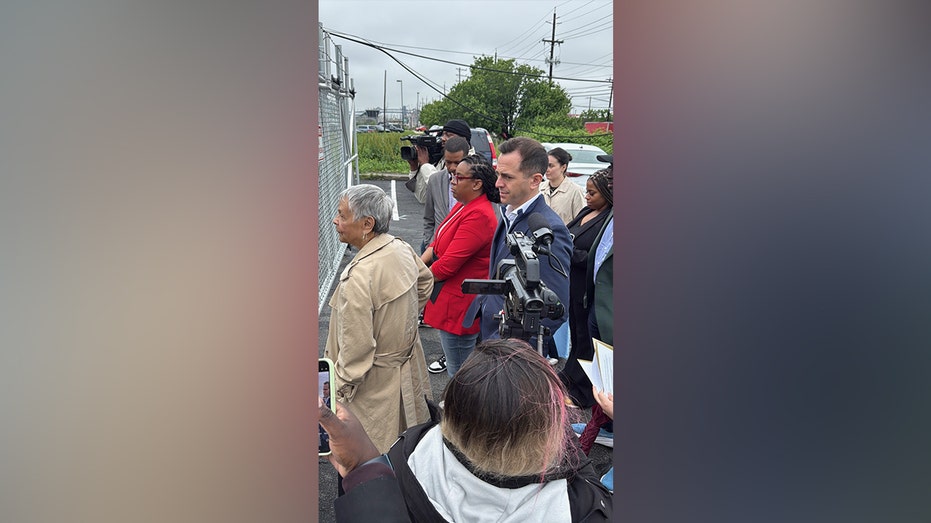












![Ditching a Microsoft Job to Enter Startup Hell with Lonewolf Engineer Sam Crombie [Podcast #171]](https://cdn.hashnode.com/res/hashnode/image/upload/v1746753508177/0cd57f66-fdb0-4972-b285-1443a7db39fc.png?#)


















